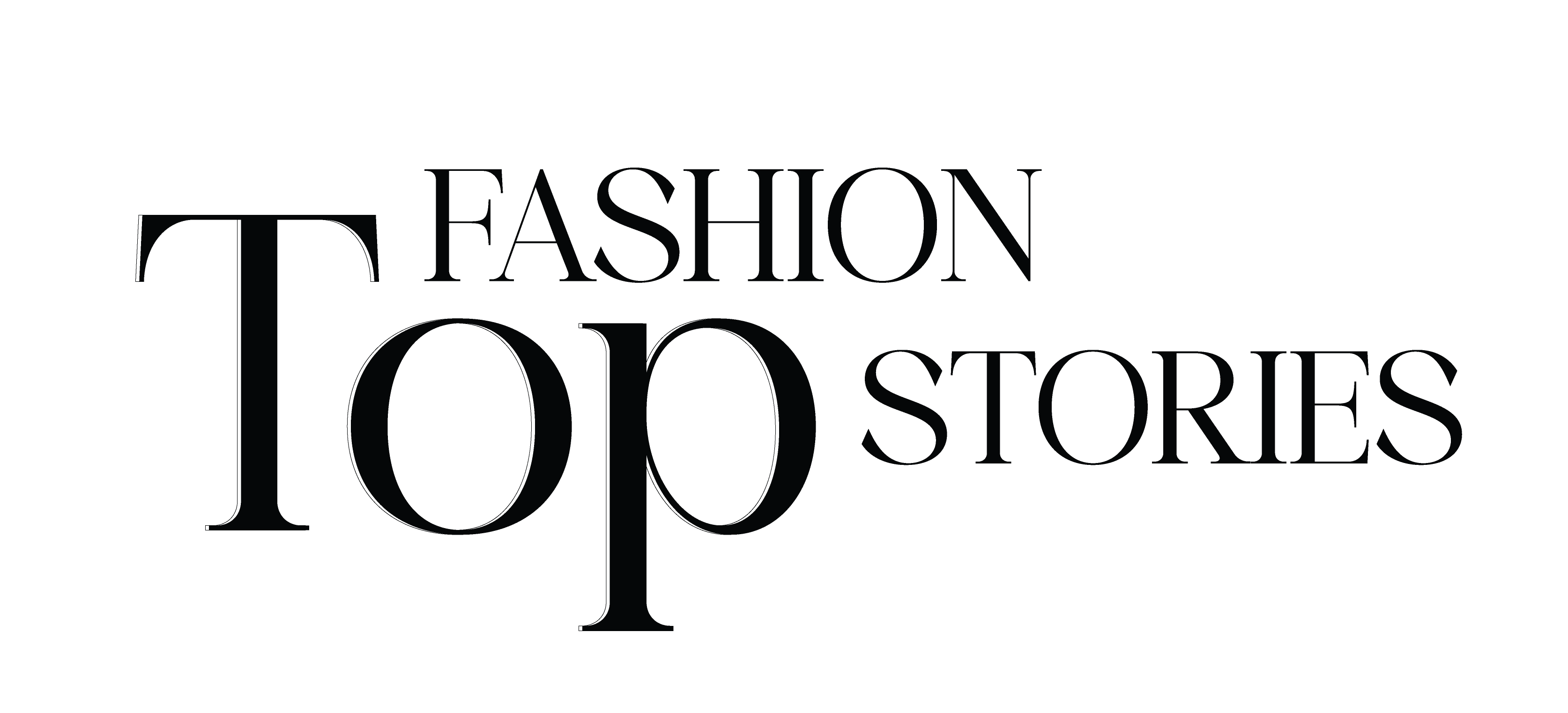Buying wholesale clothing can be a game-changer for individuals, retailers, and businesses looking to save money and expand their product offerings. Whether you’re starting a fashion boutique, stocking inventory for an online store, or simply looking to refresh your wardrobe, purchasing wholesale clothing offers a wide range of benefits. In this ultimate guide, we will explore the ins and outs of buying wholesale clothing, including tips and tricks to make the most out of your wholesale shopping experience.
1. Understand the Concept of Wholesale Clothing
Wholesale clothing refers to purchasing garments in bulk directly from manufacturers, distributors, or wholesalers at a significantly lower price compared to retail. The primary advantage of buying wholesale is the cost savings. As you buy larger quantities, the price per unit decreases, allowing you to maximize your profit margins or save money on personal purchases. It’s important to note that wholesale clothing is typically sold to retailers or businesses, but some wholesalers also cater to individual customers. Understanding the concept of wholesale clothing sets the foundation for a successful buying experience.
2. Research and Identify Reputable Wholesale Clothing Suppliers
The first step in buying wholesale clothing is to research and identify reputable suppliers. Look for wholesalers with a strong reputation, positive customer reviews, and a history of reliable service. Consider factors such as the variety and quality of their products, pricing, shipping options, and return policies. Online directories, trade shows, and industry publications are excellent resources for finding reputable wholesale clothing suppliers. Additionally, reach out to fellow retailers or fashion professionals for recommendations. Building a trusted relationship with your supplier is crucial for a smooth buying experience and a consistent supply of high-quality clothing.
3. Define Your Target Market and Research Trends
Before purchasing wholesale clothing, it’s essential to define your target market and understand the current fashion trends that resonate with them. Consider factors such as age, gender, lifestyle, and geographic location. Researching trends helps you select clothing styles, colors, and designs that are in demand. Stay updated with fashion publications, blogs, social media, and industry events to gain insights into emerging trends. By aligning your purchases with your target market’s preferences, you increase the chances of selling the clothing quickly and effectively meeting their needs.
4. Determine Your Budget and Pricing Strategy
Setting a budget is crucial when buying wholesale clothing. Determine how much you can allocate to your inventory and factor in other expenses such as shipping and storage. It’s important for finding the right pitch between cost and quality. Avoid compromising on quality for the sake of lower prices, as it can affect customer satisfaction and your brand reputation. Additionally, establish a pricing strategy that considers the wholesale cost, market competition, and desired profit margins. Research similar products in the market to gauge appropriate price points and ensure that your pricing strategy aligns with your target market’s expectations.
5. Verify Product Quality and Conduct Sample Testing
Product quality is a critical aspect of buying wholesale clothing. Request samples from potential suppliers to verify the quality of their products. Check the fabric, stitching, finishing, and overall craftsmanship to ensure they meet your standards. It’s also essential to consider factors like durability, comfort, and fit. Conducting sample testing allows you to evaluate the clothing firsthand and make an informed decision about the supplier’s reliability and product quality. This step is particularly crucial if you plan to establish a long-term relationship with a supplier or if you’re introducing a new clothing line to your customers.
6. Assess Minimum Order Quantities
When buying wholesale clothing, suppliers typically require a minimum order quantity (MOQ) for each style or product. MOQs can vary depending on the supplier and the specific garment. Assess your inventory needs and determine if the supplier’s MOQ aligns.
7. Consider Shipping and Delivery Options
Shipping and delivery options are important factors to consider when buying wholesale clothing. Evaluate the supplier’s shipping methods, costs, and estimated delivery times. Take into account your location and the target market’s location to ensure efficient and timely delivery. It’s also important to consider any additional fees or customs regulations if you’re buying clothing from international suppliers. Clear communication with the supplier regarding shipping and tracking information is essential to keep your inventory management streamlined and avoid any delays or complications.
8. Build a Relationship with Your Wholesale Clothing Supplier
Building a strong and mutually beneficial relationship with your wholesale clothing supplier is key to long-term success. Communicate your expectations, maintain open lines of communication, and address any concerns promptly. Develop a good rapport with your supplier to negotiate favorable terms, discounts, or exclusivity agreements. Regularly assess the performance of your supplier in terms of product quality, reliability, and customer service. By nurturing a positive relationship, you can gain access to new collections, early product releases, and potential collaborations that can further enhance your business’s growth.
9. Market and Promote Your Wholesale Clothing
Once you’ve purchased wholesale clothing and built your inventory, it’s time to market and promote your products. Develop a comprehensive marketing strategy that encompasses online and offline channels to reach your target market effectively. Leverage social media platforms, create engaging content, collaborate with influencers, and optimize your website for search engines. Showcase your unique selling points, such as competitive pricing, trendy styles, or sustainable materials. Invest in professional product photography and descriptions to highlight the quality and appeal of your wholesale clothing. Effective marketing and promotion play a crucial role in driving sales and establishing your brand in the competitive fashion market.
10. Continuously Monitor and Adapt
The wholesale clothing industry is dynamic and constantly evolving. It’s important to continuously monitor market trends, customer preferences, and competitor strategies. Regularly evaluate the performance of your inventory, identifying fast-selling items and slow-moving products. This allows you to make informed decisions about restocking, introducing new styles, or making adjustments to your pricing strategy. Stay connected with your customers, gather feedback, and incorporate it into your future buying decisions. Adaptability is key to staying competitive in the wholesale clothing industry and ensuring that your inventory remains relevant and appealing to your target market.
In conclusion, buying wholesale clothing offers numerous advantages, whether you’re a retailer or an individual looking to stock your wardrobe. By understanding the concept of wholesale clothing, researching reputable suppliers, defining your target market, setting a budget, verifying product quality, and considering shipping options, you can make informed decisions that will optimize your wholesale clothing buying experience. Building relationships with suppliers, effectively marketing your products, and continuously monitoring the market will contribute to your long-term success in the wholesale clothing industry. With these tips and tricks, you can confidently navigate the wholesale clothing market and create a successful and profitable fashion venture.

